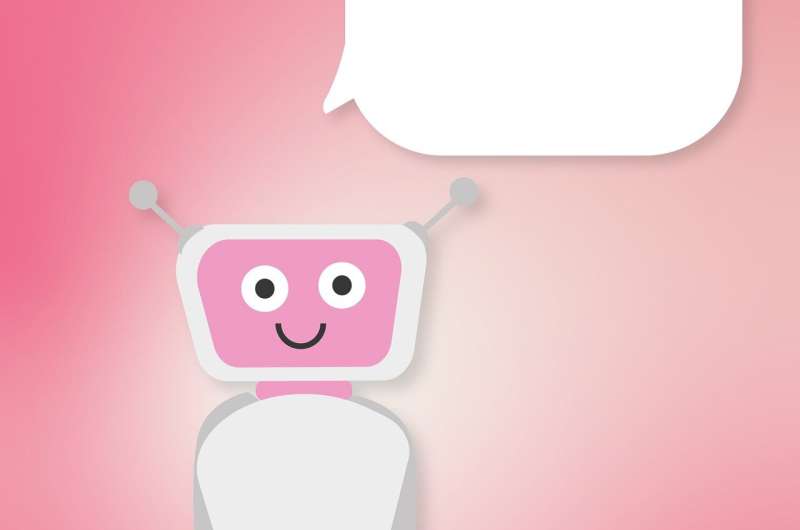Understanding the Limitations and Uses of AI Chatbots in Mental Health Support

Explore the capabilities, limitations, and safety considerations of AI chatbots in mental health support, highlighting their potential as supplementary tools rather than replacements for professional care.
As artificial intelligence (AI) chatbots like ChatGPT become increasingly integrated into daily life, many individuals turn to these tools for various reasons, including seeking emotional support during difficult times. Some users report positive experiences, feeling that AI chatbots offer a low-cost, accessible form of mental health assistance. However, it's essential to recognize the significant differences between AI systems and trained mental health professionals.
AI chatbots are sophisticated programs that generate responses by predicting likely next words based on vast amounts of training data. They do not possess consciousness, emotional understanding, or clinical training. While they can simulate engaging conversations, they lack the capacity for genuine empathy, ethical judgment, or personalized therapeutic intervention.
These models learn from sources like academic papers, blogs, forums, and other online content, which can sometimes include unreliable or outdated information. External data sources, such as integrated search engines, may update or supplement responses, and AI platforms often store user input and personal data to refine interactions. Despite their usefulness for casual or interim support, AI chatbots are not substitutes for professional mental health care.
Specialized mental health chatbots like Woebot and Wysa are designed with training and algorithms tailored for therapeutic conversations. Some research suggests they can help reduce anxiety and depression symptoms or assist with techniques like journaling. Nonetheless, current evidence primarily reflects short-term use, and long-term effects remain insufficiently studied. There are concerns around potential harm, including misuse, overdependence, and legal issues, as seen in cases where chatbot interactions have been linked to adverse outcomes.
In summary, AI chatbots can serve as helpful supplementary tools, especially in addressing immediate emotional needs or bridging gaps caused by workforce shortages in mental health services. However, they are not fully reliable or safe as standalone treatments. For persistent or severe mental health issues, consulting a qualified professional remains crucial. Further research is needed to understand the long-term impact and safety of AI in mental health support.
Source: Medical Xpress
Stay Updated with Mia's Feed
Get the latest health & wellness insights delivered straight to your inbox.
Related Articles
Oxytocin Might Help Alleviate Mood Fluctuations in Women Experiencing Sleep Disruption
Emerging research suggests that oxytocin may help reduce mood fluctuations in women experiencing sleep disturbances during reproductive transitions, offering new hope for hormonal and emotional support.
AI Chatbot Shows Promise for Relationship Support: Similar Effectiveness to Journaling
A groundbreaking study reveals that a GPT-4o-powered AI chatbot can provide relationship support as effectively as journaling, opening new possibilities for accessible mental health assistance.
Three Years of 988 Lifeline: Insights into Regional and Personal Usage Variations
Research three years after its launch reveals regional and demographic differences in the usage of the 988 mental health crisis lifeline, highlighting areas for improved outreach and engagement across the U.S.
Innovative Mobile App Shows Promise in Reducing Suicidal Behavior Among High-Risk Patients
A groundbreaking study reveals that a mobile app providing suicide-specific therapy significantly reduces suicidal behavior among high-risk psychiatric patients, offering new hope in mental health intervention.



